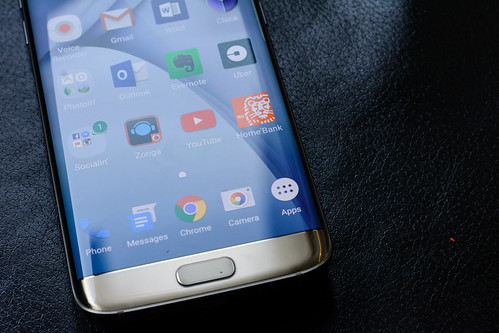Nearly a third of smartphone users upgrade their devices every two years. Moving on to the next big thing isn’t a choice that shoppers take lightly. Will you go with the next generation of your current smartphone or switch to a new operating system? Are you looking for something bigger, smaller, sleeker, or faster? You’ll find a wealth of options waiting for you, all with lengthy lists of high-tech features and abbreviated terms.
If you’re finding the landscape a bit dizzying, you’re not alone. It’s not easy to keep up with the top trends in technology. Use this crash course in smartphone terminology to guide you toward the top pick for your next purchase.
4K Smartphone
4K refers to the resolution of the camera on your smartphone. You may have a 4K picture camera on the forward-facing side of your phone or a 4K recording camera for crisper videos. 4K resolution is 3840 pixels x 2160 lines.
While a 4K camera is great for those who will use it, it’s important to consider the fact that you can’t really appreciate those extra pixels unless you’re viewing them on an Ultra HD television or monitor that can properly display this resolution. 4K cameras use more battery and the resulting photos take up more room than lower resolution options.
Near-Field Communication
Near-Field Communication (NFC) is a feature that allows for wireless data transfer when two devices are in close proximity to one another. Phones that can use this technology feature an NFC chip. When two devices with NFC chips are within an inch and a half of one another, they can connect and exchange information.
NFC technology is what’s used for services like Google Wallet or Apple Pay. It’s also behind the handy transfer of contact information that takes place when you tap certain phones together. If your phone is equipped with an NFC chip, you can take advantage of this type of technology.
Super AMOLED

Image via Flickr by Razvan Baltarețu
Many phones boast of a Super AMOLED screen. AMOLED screens feature a thin layer of polymers that are lit using an electric current. AMOLED screens aren’t backlit. Rather, each portion of the screen is lit individually as needed to produce the picture. Areas that are black are a rich, deep black because the lighting in these spots simply turns off.
AMOLED screens aren’t only great for their picture quality. They’re also a smart power saver. Since you aren’t backlighting your entire screen, you can use less energy simply by keeping your background black. The Samsung Galaxy S7 Edge from T-Mobile takes Super AMOLED beauty all the way to the contoured edge of the screen for a stunning look. Used with the reliable T-Mobile network, this phone offers quality connectivity and a beautiful display.
RAM
Your phone’s RAM is its memory, or more precisely, the random access memory. It’s typically measured in gigabytes (GB). The more RAM you have, the more multitasking you can do on your device. Any data that your phone is currently using is all stored in the RAM. This is what allows you to switch seamlessly and quickly between apps on your smartphone.
The more RAM you have, the better. Try to get at least 2GB — three or four is even better. A phone that only has 1GB of RAM will typically produce a noticeable lag and unsatisfactory performance unless you truly use it as little more than a phone.
CPU
The CPU is your phone’s processor. Smartphones are essentially tiny computers, and just like a computer, your phone uses a processor to run applications. Processor speed is measured in megahertz (MHz) and gigahertz (GHz). However, today’s top phones will all display speeds in the GHz. Anything lingering in MHz is lagging behind the times. The higher the GHz, the faster the phone. Paired with adequate RAM, a high CPU will give you outstanding performance.
With a better understanding of what these tech terms mean in smartphone descriptions, you can compare your top options fairly to see which pick pulls ahead and which falls to the back of the pack for your personal needs.

No Responses